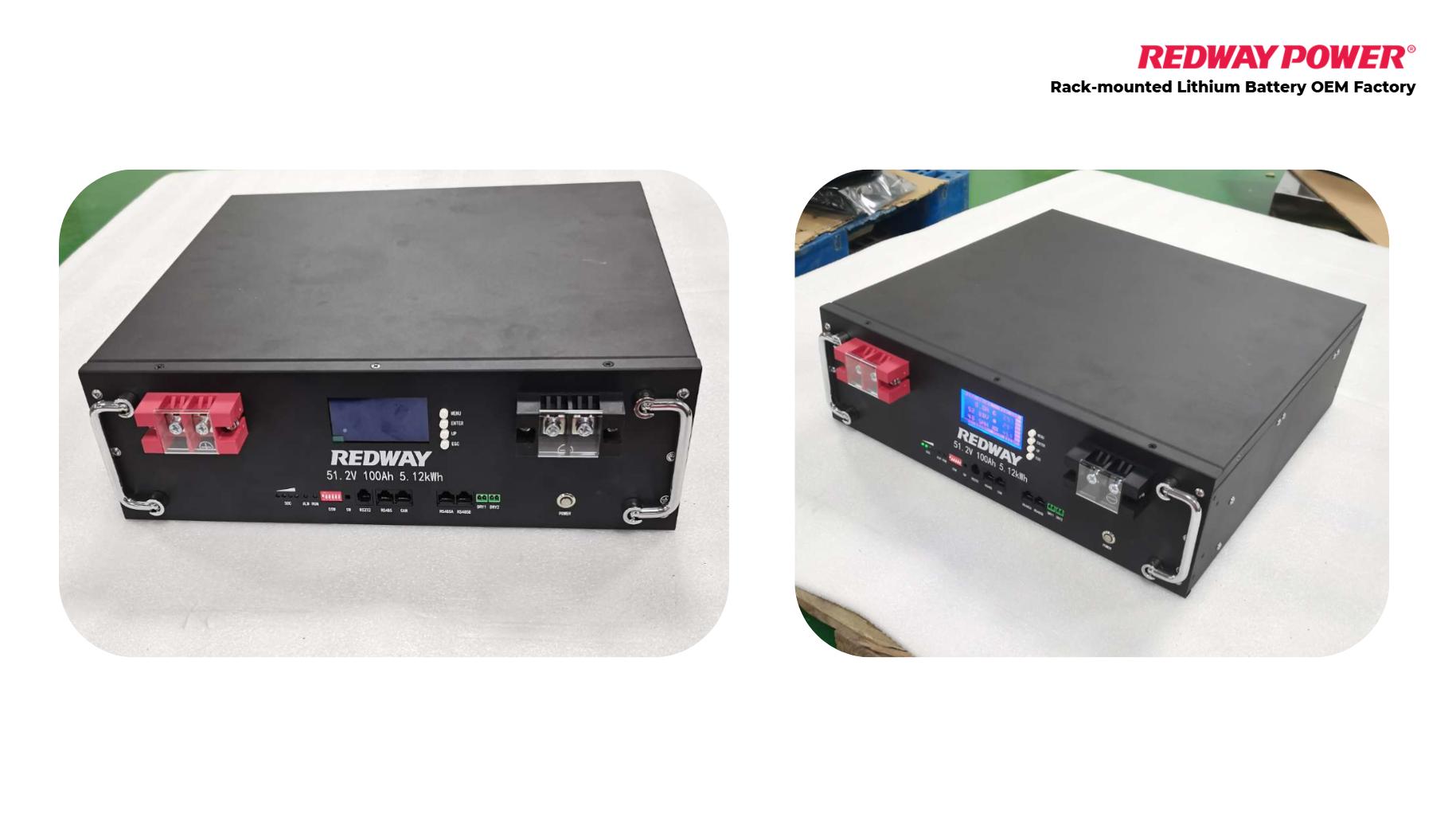Troubleshooting common issues with rack-mounted LiFePO4 batteries is essential for maintaining optimal performance and longevity. Users can identify problems through systematic checks, follow effective troubleshooting steps, and implement preventive maintenance practices. This guide provides comprehensive insights into diagnosing and resolving common battery issues.
How Do You Identify Common Issues with Rack-Mounted LiFePO4 Batteries?
Common issues with rack-mounted LiFePO4 batteries can be identified by checking for symptoms like reduced capacity, swelling, or unusual heat. Use a multimeter to measure voltage and ensure connections are secure. Monitoring the battery management system (BMS) alerts you to any faults or performance drops.
Chart: Symptoms of Common Battery Issues
Wholesale lithium golf cart batteries with 10-year life? Check here.
| Symptom | Possible Cause |
|---|---|
| Reduced Runtime | Aging battery or poor connections |
| Failure to Charge | Faulty charger or battery management system (BMS) issues |
| Overheating | Poor ventilation or internal damage |
What Are the Steps for Effective Troubleshooting?
Effective troubleshooting involves several steps: first, inspect the charger and cables for damage. Next, check the battery for swelling or leakage. Clean connections and ensure they are secure. Finally, verify the BMS settings and update any necessary firmware to resolve issues. Chart: Step-by-Step Troubleshooting Process
| Step | Action |
|---|---|
| Inspect Charger | Test with another charger |
| Check Connections | Ensure all connections are secure |
| Clean Terminals | Use isopropyl alcohol on terminals |
| Verify BMS Settings | Check if any protections are triggered |
How Can You Address Charging Problems?
To address charging problems, first check if the charger is functioning properly and compatible with your battery. Inspect connections for corrosion or looseness. If issues persist, measure the battery voltage with a multimeter and ensure it’s within the acceptable range before attempting to charge again. Chart: Charging Problem Diagnosis
Want OEM lithium forklift batteries at wholesale prices? Check here.
| Issue | Solution |
|---|---|
| Insufficient Voltage | Use a compatible charger |
| Undervoltage Protection | Activate battery using a specific charger |
Know More:
How Can You Effectively Maintain Your LiFePO4 Rack Mounted Batteries?
How Can You Ensure Longevity Through Effective Maintenance Practices?
How Can You Troubleshoot Common Issues with Rack-Mounted LiFePO4 Batteries?
How Can You Effectively Monitor Indicators for Battery Health?
What Maintenance Practices Help Prevent Issues?
Preventive maintenance practices include regular inspections of battery connections, cleaning terminals, and monitoring charge levels. Avoid deep discharges and store batteries in optimal conditions. Following manufacturer guidelines for charging and usage also helps prevent common issues from arising. Chart: Recommended Maintenance Practices
| Practice | Frequency |
|---|---|
| Clean Terminals | Monthly |
| Inspect Connections | Monthly |
| Capacity Testing | Quarterly |
How Do You Recognize When to Replace a Battery?
Recognize when to replace a LiFePO4 battery by observing signs like significant capacity loss, swelling, or consistent failure to hold charge. If the battery frequently triggers BMS protection or shows abnormal voltage readings, it may be time for a replacement.
Chart: Indicators for Battery Replacement
| Indicator | Action |
|---|---|
| Swelling | Immediate replacement |
| Reduced Capacity | Consider replacement |
| Overheating | Investigate cause; replace if persistent |
How Can Environmental Factors Affect Battery Performance?
Environmental factors such as temperature extremes, humidity levels, and exposure to contaminants can significantly impact battery performance. Ensuring proper ventilation and avoiding extreme conditions can help maintain optimal functionality. Chart: Environmental Impact on Performance
| Factor | Effect |
|---|---|
| High Temperatures | Accelerated degradation |
| High Humidity | Risk of corrosion |
What Tools Are Essential for Troubleshooting LiFePO4 Batteries?
Essential tools include multimeters for voltage checks, cleaning supplies like isopropyl alcohol, and appropriate chargers designed for LiFePO4 batteries. Having these tools readily available simplifies troubleshooting tasks. Chart: Essential Tools for Troubleshooting
| Tool | Purpose |
|---|---|
| Multimeter | Voltage measurement |
| Cleaning Supplies | Terminal maintenance |
| Specialized Charger | Safe charging practices |
How Do Firmware Updates Influence Battery Functionality?
Firmware updates can enhance battery management systems by improving monitoring capabilities and addressing known issues. Keeping firmware current ensures optimal performance and safety features are functioning correctly.Chart: Benefits of Firmware Updates
| Benefit | Description |
|---|---|
| Enhanced Monitoring | Real-time tracking of battery health |
| Bug Fixes | Resolves known software issues |
Conclusion
Troubleshooting common issues with rack-mounted LiFePO4 batteries involves identifying symptoms, following systematic steps, addressing charging problems, implementing preventive maintenance practices, recognizing replacement indicators, considering environmental factors, utilizing essential tools, and keeping firmware updated. By employing these strategies, users can ensure their battery systems operate efficiently and reliably.
Expert Views
“Understanding how to troubleshoot common issues is vital for any user of rack-mounted LiFePO4 batteries,” states an expert from Redway. “Proactive maintenance combined with effective troubleshooting techniques not only extends battery life but also enhances overall system reliability.”
FAQ Section
- What should I do if my rack-mounted LiFePO4 battery won’t charge?
First, check the charger and connections; ensure they are functioning correctly. If everything seems fine but it still won’t charge, consider testing the battery voltage. - How can I tell if my battery needs replacing?
Look for signs like swelling, reduced capacity (below 80%), or consistent overheating during use as indicators that replacement may be necessary. - What maintenance should I perform regularly on my batteries?
Regularly clean terminals, inspect connections monthly, and test capacity quarterly to ensure optimal performance.






